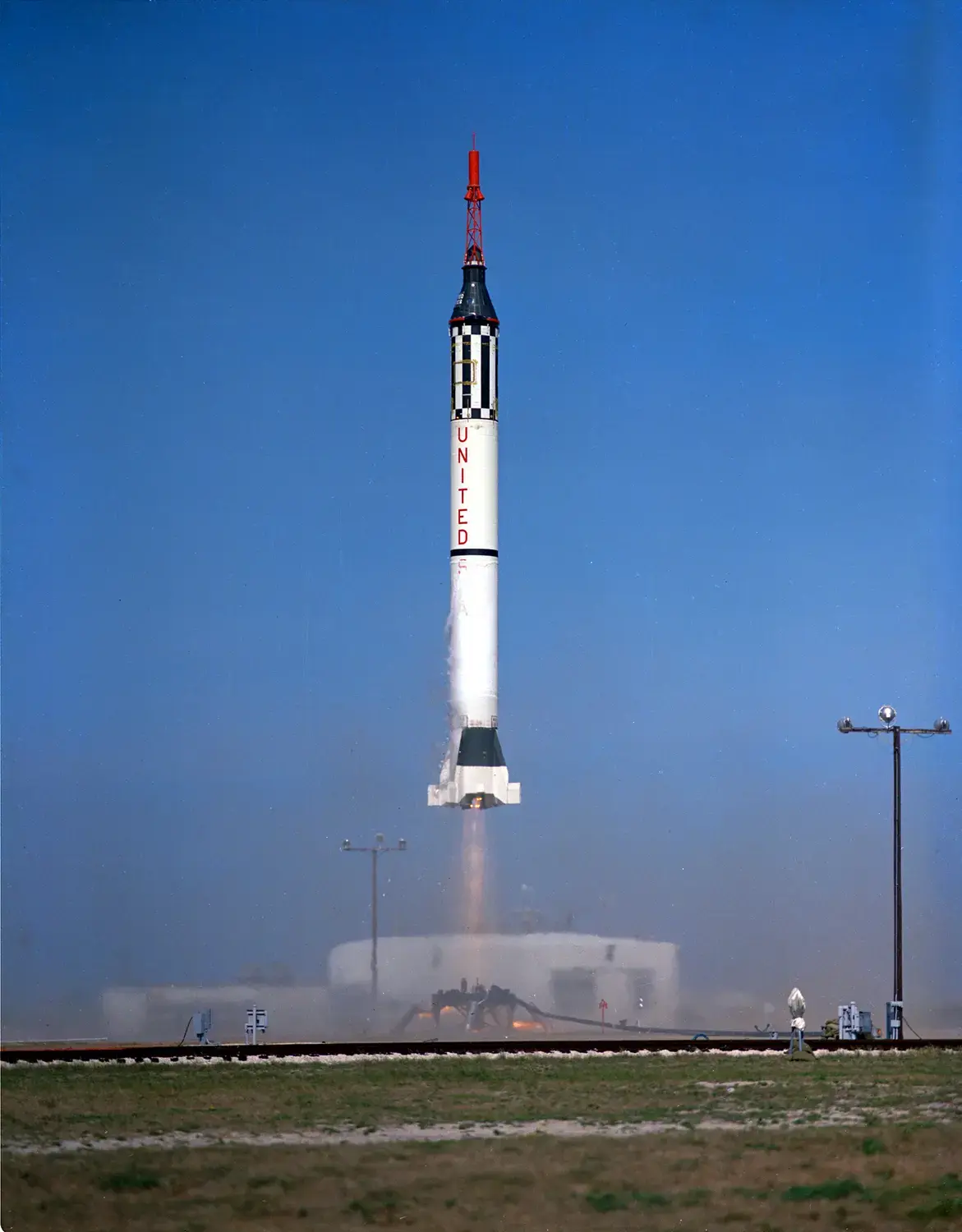NASA
/
Mercury-Redstone

Description
The Mercury-Redstone Launch Vehicle, designed for NASA's Project Mercury, was the first American crewed space booster. It was used for six sub-orbital Mercury flights from 1960–61; culminating with the launch of the first, and 11 weeks later, the second American (and the second and third humans) in space. The four subsequent Mercury human spaceflights used the more powerful Atlas booster to enter low Earth orbit.
Missions
6
Success Rate
83.3%
Successes
5
Failures
1
Success Streak
5
Partial Failures
0
Previous

July 21, 1961
Suborbital
Liberty Bell 7 (MR-4)
Mercury-Redstone | NASA
Cape Canaveral SFS, Florida, USA

May 5, 1961
Suborbital
Freedom 7 (MR-3)
Mercury-Redstone | NASA
Cape Canaveral SFS, Florida, USA
Configurations

Retired
Mercury-Redstone
Active 1960 to 1961
Rocket
Height: 25.4m
Liftoff Thrust
350 Kilonewtons
Stages
1